DJI products are getting better and better with every release, with the Mavic looking to be a very popular drone with its small and compact form factor. Coming in at £999 for the DJI Mavic or £ 1249 for the Mavic Pro Fly More Combo it competes with the Phantom 4. We managed to get an early “hands-on review” with the DJI Mavic Pro and we found it remarkably compact and much more solid in the hand than the rest of the Phantom range. On first glance it appears a variety of alloys have been used, and it is a remarkable feat of engineering. 
 As well as having the heat sink under the aircraft there are 2 feet that the craft sits on while both in flight mode with the arms extended and when it is folded up this means that there isn’t excess strain or pressure on the 2 back legs when the craft is on a flat surface.
As well as having the heat sink under the aircraft there are 2 feet that the craft sits on while both in flight mode with the arms extended and when it is folded up this means that there isn’t excess strain or pressure on the 2 back legs when the craft is on a flat surface.

 On the other side of the craft there is another rubber cover where the micro USB port is located that is also used for updating the Mavic.
On the other side of the craft there is another rubber cover where the micro USB port is located that is also used for updating the Mavic. 
 All of us at the office can’t wait to get our hands on the Mavic so that we can perform more tests and write a more in-depth review along with a Mavic flight test and a teardown.
All of us at the office can’t wait to get our hands on the Mavic so that we can perform more tests and write a more in-depth review along with a Mavic flight test and a teardown.

Form Factor
The Mavic is a lot smaller than other premium drones on the market with a folded down total dimensions of 198x83x83mm meaning that it is great for portability. The main body of the Mavic appears to be made form a mix of alloys to help keep the weight down as well as being used as a heat sink with the front of the Mavic being an open vent which allows airflow through the inside of the craft so that components are kept cool. Having this all aluminium body means that the craft will be strong as well as be able to take bigger impacts With the arms being made of a similar material to the Phantom 4's gimbal so that in case of a crash while flying in Sport mode where the object sensors are turned off and the angle that the craft is increased to help increase the speed for racing it will be able to withstand a crash or knock. As well as having the heat sink under the aircraft there are 2 feet that the craft sits on while both in flight mode with the arms extended and when it is folded up this means that there isn’t excess strain or pressure on the 2 back legs when the craft is on a flat surface.
As well as having the heat sink under the aircraft there are 2 feet that the craft sits on while both in flight mode with the arms extended and when it is folded up this means that there isn’t excess strain or pressure on the 2 back legs when the craft is on a flat surface.
Camera and Gimbal
The Mavic’s gimbal and camera is a lot smaller than that from the Phantom 3 and Phantom 4. This could explain the slight decrease in quality in the Mavic’s video recording compared to the Phantoms. The gimbal is also is positioned like the Phantom 4 with the Y axis gimbal being inset into the body of the craft unlike the Phantom 3 and Inspire where the gimbal is mounted on a anti vibration board under the drone.
Ports on the Mavic Pro
As the Mavic can be controlled both with the controller with a smart phone attached or by a smartphone on its own there is a small plastic cover that folds open on the side of the Mavic that has a small switch to change from WiFi to RC that will mean that you have to choose what method you are going to fly the Mavic with before starting up the drone. This cover also is where the SD card slot is that is used for updates and storing video footage that is filmed with the Mavic. On the other side of the craft there is another rubber cover where the micro USB port is located that is also used for updating the Mavic.
On the other side of the craft there is another rubber cover where the micro USB port is located that is also used for updating the Mavic. 
Battery
One of the main feature apart from the small compact size is the 27 minute flight time which means that the drone can be in the air for longer with less battery changes and more time in the air to be using the drone itself, this flight time is powered by the 3380mAh battery which is half the size of the drones body itself. The battery is located on top of the Mavic with it sliding down and clipping into the craft with the 10 pin connector towards the front of the craft. All of us at the office can’t wait to get our hands on the Mavic so that we can perform more tests and write a more in-depth review along with a Mavic flight test and a teardown.
All of us at the office can’t wait to get our hands on the Mavic so that we can perform more tests and write a more in-depth review along with a Mavic flight test and a teardown.
When will we be testing the Mavic in the air?
The demand for the Mavic has been huge all around the globe, it can't be easy for DJI to make such huge quantities of a complex device. When stock arrives we plan to do a variety of tests and blog posts. If there are any particular test you want us to try, please comment below.Pre-Order your Mavic Pro from the Experts
We are currently taking pre-orders for the Mavic Pro here.-

-

-

-

-

-
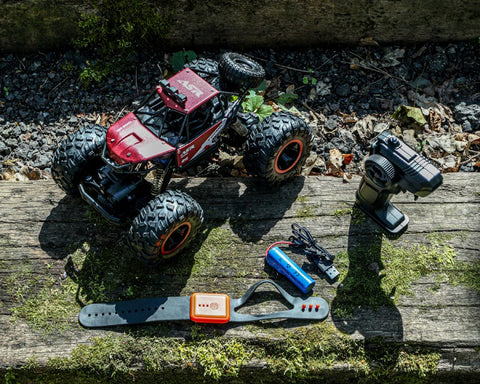
-

-

-

-
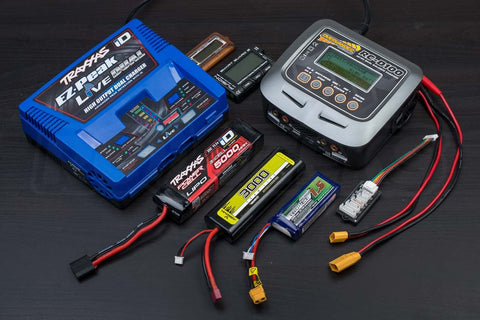
-
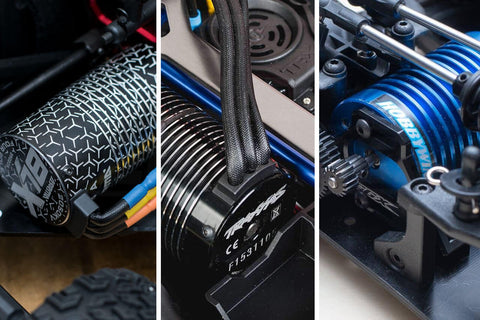
-

-

-

-

-

-

-

-

-

-

-

-
 reviews
reviewsAxial SCX10 II Jeep Cherokee Scale Crawler Review : Does it live up to its reputa...
Tom Begley | -

-

-

-

-

-

-

-

-

-

-

-

-

-

-
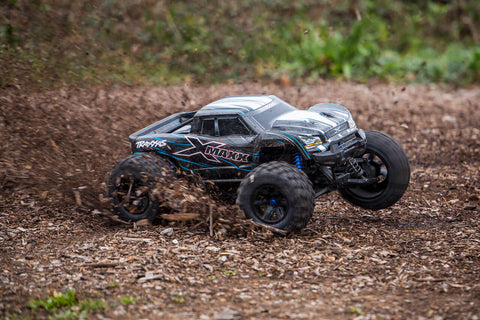
-
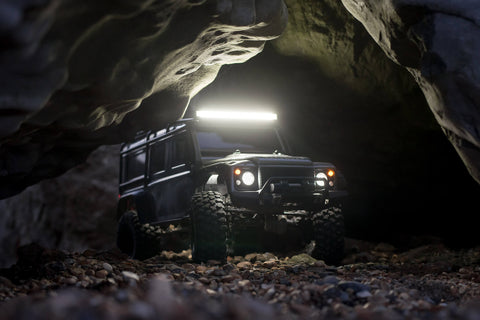
-

-

-

-

-

-

-
 tutorial
tutorialMavic 2 & DJI Goggles : The ultimate pairing in filming, inspections & surveys
Tom Begley | -

-

-

-

-

-

-

-

-

-

-

-

-

-

-

-

-

-

-
 reviews
reviewsFrSKY's Taranis Q X7 Transmitter - A budget alternative to the Taranis Plus X9D?
Tom Begley | -

-

-

-

-

-

-

-

-

-

-

-

-

-

-

-

-

-

-

-

-

-

-

-

-

-

-

-

-

-

-

-

-

-

-

-

-

-

-

-

-

-












































































































